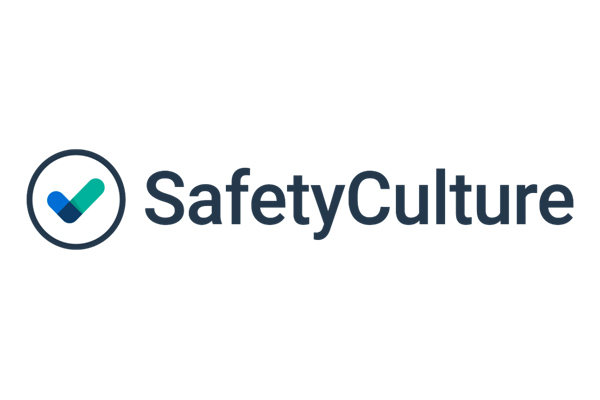|
Measuring the Safety Culture Within an Organisation
Any reputable business will work hard to ensure that their safety standards are high, and that the health and wellbeing of their staff is protected. But the reality is that accidents and illnesses still occur in the workplace every day – in 2016/17, 137 people were killed at work, while over 609,000 workers suffered non-fatal injuries as a result of work activity. Some of the most common causes of workplace accidents are slips, trips and falls, lifting and handling and being struck by an object – all areas that are typically covered in workers’ health and safety training. Assuming that the majority of these accidents will have occurred within organisations that have clear health and safety policies in place, it seems that there’s a crucial gap between health and safety procedures being known and understood by workers, and workers actually adhering to them.
Health and safety professionals know that there’s a big difference between policy implementation, which they can control, and policy adoption, which is harder for them to influence. Employees can be trained on the correct way to lift a box, or how to safely operate heavy machinery, but health and safety staff can’t keep tabs on every member of staff to make sure that they’re working safely. And if just one person fails to follow safety guidelines, it could have serious consequences for that worker and their colleagues.
So how can those responsible for health and safety ensure that their policies aren’t just understood, but also adopted across the board? While health and safety KPIs and policies are typically shared at board and team meetings, and they can be useful, statistics alone are unlikely to be enough to significantly reduce the number of accidents and near misses. To truly effect change within an organisation, it’s vital to get under the skin of employee attitudes towards safety.
This has been recognised in the new ISO 45001 safety standard, which builds on previous standards like OHSAS 18001, but also places a heavy emphasis on taking steps to improve employee engagement and tracking safety culture. Organisations that wish to meet the requirements of ISO 45001 will need to ensure that health and safety isn’t seen as the sole responsibility of a particular person or team, rather that everyone is held accountable for enacting health and safety policies. When workers actively participate in the development and ongoing management of health and safety systems, it will naturally become part of the company culture.
Measuring safety culture, as opposed to accident and injury statistics, represents a positive shift from using ‘lag’ indicators, which only track progress after the event, to using a leading indicator –which flags a potential issue. Companies that use leading indicators for safety should be able to improve employee safety by acting on and resolving any identified issues quickly. But, as culture isn’t a tangible thing, health and safety professionals face another challenge: how can they know whether their efforts have been successful?
Ultimately, the best way to get a true measure of culture is by talking to the employees themselves, from across all departments and roles within organisation, and you can do this by using relevant surveys and tools. When it comes to health and safety, the Health and Safety Laboratory has a number of practical tools that they’ve developed to enable organisations to boost employee safety.
Over the past decade, scientists have been refining its Safety Climate Tool (SCT), a survey-based product which is used by a wide variety of businesses to assess the human factors associated with safety culture. Already in use within organisations like Pepsico, National Rail and E.on, the SCT survey has been carefully designed to accurately assess opinion and sentiment from different groups of people around a business.
The SCT also generates a ‘score’ as to the extent that safety policies are adopted, which is perhaps the most useful feature of the tool for health and safety professionals, as it provides that all-important trackable metric. Respondent data can be grouped to help identify those areas where more action might be needed to reinforce policies or encourage greater engagement, be that amongst certain sites, departments or contractors. Organisations can use these insights to create highly targeted action plans to improve adoption of safety practices where necessary.
As the way we work is constantly changing, there will always be new challenges facing health and safety professionals across industries, but fostering a positive safety culture should help organisations to ensure improved safety for their workers, now and in the future.
Tips for creating a safety culture
1. Identify teams that are embracing good safety practices to create internal champions and case studies for others to emulate;
2. Create health and safety materials in a range of formats, as different people absorb information in different ways;
3. When measuring culture, use tools and surveys that are available in different languages to ensure that all of your workers’ voices can be heard.
Source: www.shponline.uk
|



